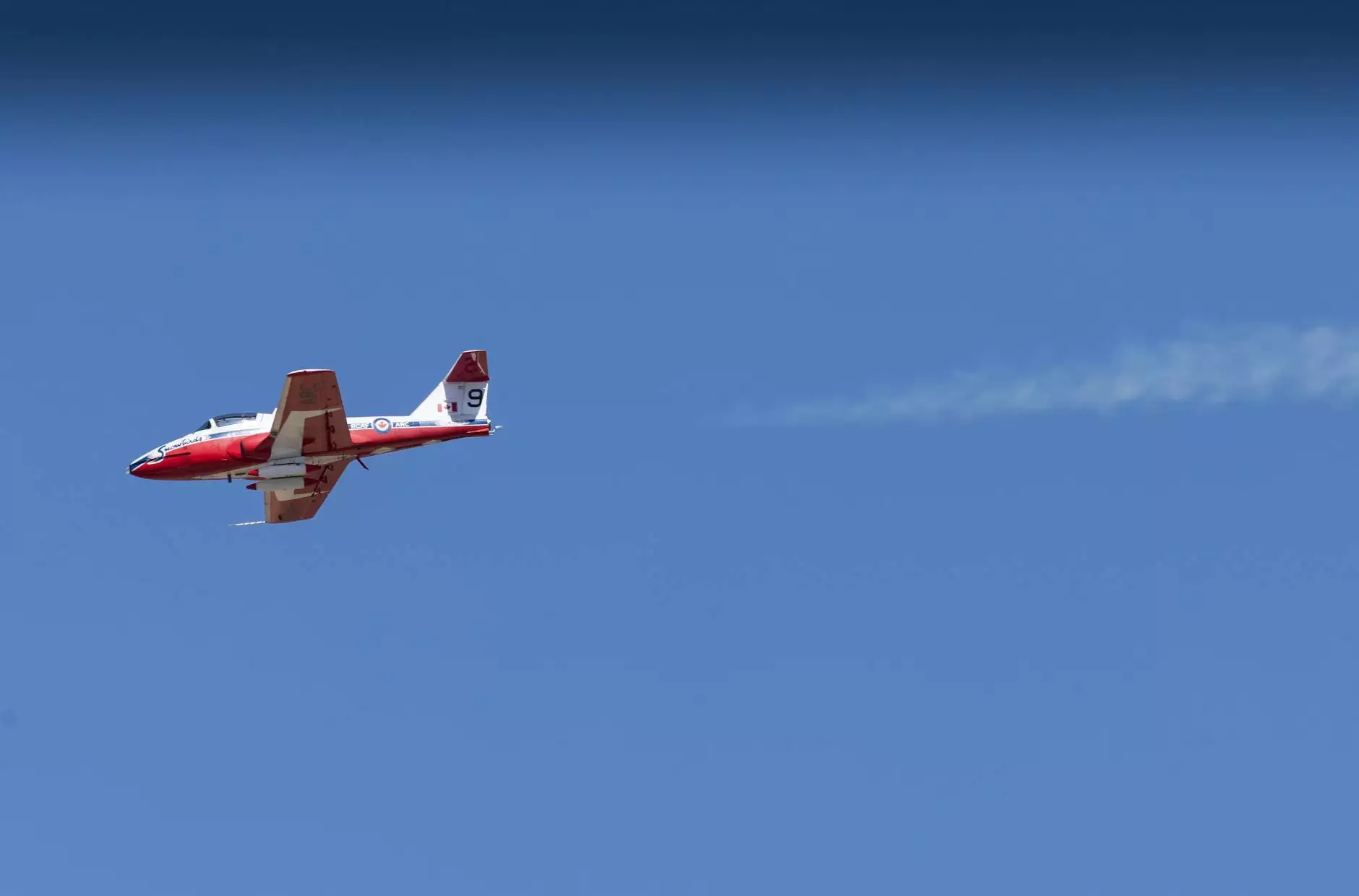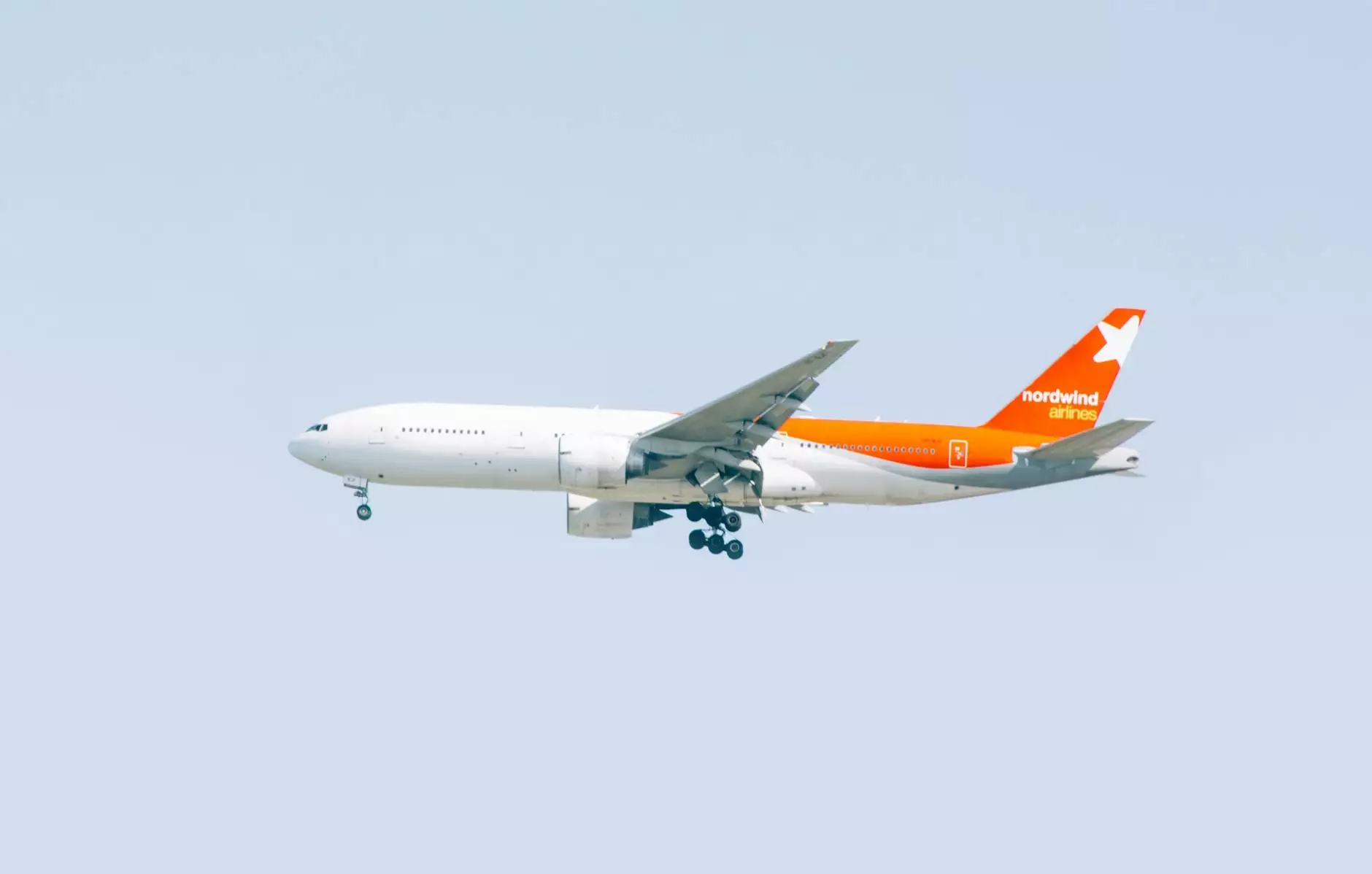Exploring 3D Printing Wings: Innovation in Flight Technology

3D printing wings is ushering in a new era of aviation technology, providing unprecedented opportunities for innovation, customization, and efficiency in the aerospace industry. This article delves into the remarkable world of 3D-printed wings, exploring their implications, benefits, and future potential.
The Basics of 3D Printing Technology
Before we dive into the specifics of printing wings, it's essential to understand the broad concept of 3D printing. At its core, 3D printing, also known as additive manufacturing, is a process whereby digital models are transformed into three-dimensional objects by layering materials. This technology can use a variety of materials, including plastics, metals, and composites, which can significantly alter the manufacturing landscape across numerous industries.
Types of 3D Printing Technologies
- Fused Deposition Modeling (FDM) – This method extrudes molten plastic through a heated nozzle, creating layers to build up a solid part.
- Stereolithography (SLA) – Utilizes a laser to cure liquid resin into hardened plastic, layer by layer.
- Selective Laser Sintering (SLS) – A laser sinters powdered material, fusing it into a solid structure.
- Direct Energy Deposition (DED) – This technique melts material as it is deposited, often used for repairing or adding material to existing objects.
The Aerospace Revolution: 3D Printing Wings
The utilization of 3D printing wings epitomizes the innovation occurring in the aerospace sector. By allowing for complex geometries that traditional manufacturing methods cannot achieve, 3D printing presents the opportunity to create wings that are not only lighter but also stronger and more efficient.
Why 3D Print Wings?
The reasons for adopting 3D printing in manufacturing wings are multifaceted:
- Weight Reduction – 3D printed wings can utilize advanced lattice structures, which significantly reduce weight without sacrificing strength.
- Complex Design – The freedom of design allows engineers to innovate wing shapes that enhance aerodynamics, improving fuel efficiency.
- Rapid Prototyping – Quick turnaround times for prototypes allow for faster testing and iteration, crucial in the competitive aerospace market.
- Cost Efficiency – Reducing material waste and streamlining manufacturing processes leads to lower costs.
Applications of 3D Printed Wings
3D printing wings is not merely a theoretical concept; it is being actively applied in various aviation projects across the globe. Some notable examples include:
Commercial Aircraft
Leading aerospace companies are exploring the implementation of 3D printed wings to develop commercial aircraft. By using lightweight and strong materials, they aim to enhance fuel efficiency and reduce operational costs.
Unmanned Aerial Vehicles (UAVs)
The UAV industry greatly benefits from 3D printing, as it allows for rapid prototyping and the customization of wing designs for specific missions, enhancing operational capabilities.
Experimental Aircraft
Many experimental aircraft projects are utilizing 3D printed wings to test cutting-edge designs and materials, pushing the boundaries of what is possible in aviation.
The Future of 3D Printing Wings
The future of 3D printing wings is incredibly promising. As advancements in printing technology continue, we can anticipate several key trends to emerge:
Advancements in Materials
With the ongoing research into new and improved materials, the strength-to-weight ratio of printed wings will dramatically enhance, leading to more robust and efficient designs.
Integration with AI and Machine Learning
Utilizing AI to analyze aerodynamic performance and optimize designs will pave the way for smarter manufacturing techniques and results.
Sustainability and Eco-friendliness
3D printing allows for reduced material waste and the use of sustainable materials, contributing to a greener aerospace industry.
Advantages of Using 3D Printing for Wing Design
The transition to 3D printing wings is replete with advantages that extend beyond immediate cost savings.
Customization
3D printing allows for highly personalized designs. This flexibility is crucial for meeting specific performance criteria while offering the ability to cater to various applications.
Streamlined Supply Chain
By enabling on-demand production, 3D printing reduces the need for extensive inventories, leading to a more agile and responsive supply chain.
Reduced Environmental Impact
The ability to produce parts locally and efficiently decreases the carbon footprint associated with transporting components globally.
Challenges and Considerations
While the benefits of 3D printing wings are substantial, several challenges must be addressed:
Regulatory Compliance
Aerospace components are subject to rigorous safety and quality standards. Ensuring that 3D printed wings meet these regulations is essential for their widespread adoption.
Material Limitations
Not all materials are suitable for 3D printing in aerospace applications. Continuous research and development are necessary to discover materials that offer the needed performance characteristics.
Technological Barriers
While technology is advancing rapidly, some aspects of 3D printing need refinement to fully exploit its potential in wing manufacturing.
Case Studies: Success Stories in 3D Printed Wings
Several organizations have achieved remarkable successes through the implementation of 3D printing wings. Below are a few notable case studies:
Airbus's A320 Wing Components
Airbus has integrated 3D printed parts into its A320 family, including structural components that have enhanced performance and simplified production processes.
Boeing's 787 Dreamliner
Boeing explores 3D printing wings with the 787 Dreamliner, benefiting from light-weighting opportunities that structural components bring to their aircraft.
University Research Initiatives
Numerous universities are engaging in research partnerships with aerospace companies to innovate in wing design, utilizing 3D printing to prototype innovative designs.
Conclusion
The realm of 3D printing wings holds immense potential for transforming the aerospace industry. By leveraging innovations in design, materials, and production processes, this technology is set to revolutionize how we conceive, create, and utilize wings in aviation. As we look to the future, it is clear that 3D printing will play a pivotal role in driving forward sustainable, efficient, and high-performance aircraft designs.
For anyone invested in the future of aviation or the developments in 3D printing, staying updated with trends at 3D Print Wig will be imperative as we continue to soar into new heights in the sky of innovation.









